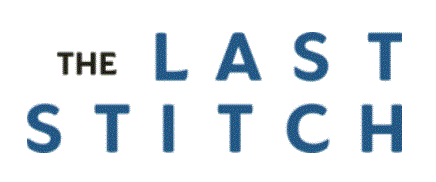
Do you have the environment in mind when sewing and buying clothes? I seldom do and I am also very weary of calling my sewing ecologically sound. While I use a lot organic cotton knits these days, I am also guilty of driving several miles just for a yard of fabric and every year I throw away obscene amounts of fabric scraps. Also I hardly ever refashion or use vintage fabrics and notions. And while I appreciate that some stores now offer a selection of organic clothes – I have yet to buy any, since none of the styles appeals to me.
Green is the new black is a book by English fashion journalist Tasmin Blanchard and is clearly geared towards a fashionista who wants to make more conscious choices. While there is bit too much celebrity fluff and it-bags for my liking in the book, I appreciate that the book is blissfully free of guilttripping – the main focus of the book is showing what ecological and ethical options that are currently available. There are also several DIY-clothes projects included, such as skirt and apron patterns and a couple of t-shirt refashion ideas – the latter ones are however not illustrated which makes the instructions a bit tricky to understand. The author also talks about home dyes using teas and onion skins. I did my first tea dye project a while ago and was impressed with the result, and apparently you can achieve quite a few shades depending on which tea you use.
The books also include several interviews with designers, predominantly English ones, and especially Kathrine Hamnett and Stella McCartney have a lot of wisdom to share. There is however one chapter that should have been edited out and it’s called “Can celebrities change the world?”. It includes meaningless snippets of “wisdom” from models and lists actors that makes ethical choices. I guess the book wants to be like a fashion magazine, a little glamorous and escapistic, which I get, but that chapter is just too much fluff.
Other topics that are covered in the book are cosmetics, shoes, shopping for vintage clothing and ethic jewelry, again with several DIY-suggestions. There is also a thorough directory covering all sorts of ethical companies. Sometimes I found myself longing for a bit more science to back up some of the statements, but all in all I think the book does a good job inspiring people to become more conscious consumers. So if you can stand a little bit of upper-class glamour fluff (think Vogue/Elle/Tatler), this book is well worth checking out – it makes for a very informative read with a lot of useful suggestions.
